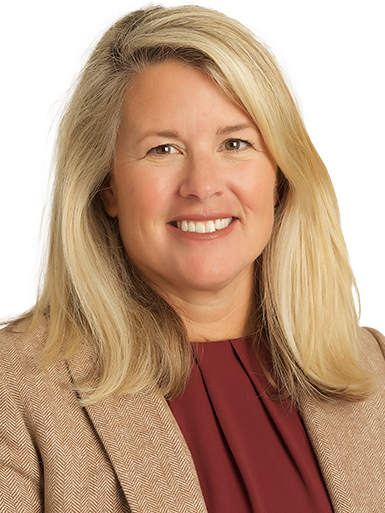Microsoft Discontinues Dynamics Great Plains Support
AAFCPAs would like to make clients aware that Microsoft is discontinuing support for its Dynamics Great Plains software. Sunset of its mainstream support began in 2020, with extended support slated to phase out by 2028. While the system will not vanish completely, users may begin to find that select integrations and/or functions cease to perform over time. Users may also discover that they no longer have a support lifeline and that patches, bug fixes, and information updates such as tax tables are no longer provided.
The following sunset schedule is currently underway.
End of Mainstream Support 1
- GP 2015 & 2015 R2 ended April 14, 2020
- GP 2016 & 2016 R2 ended July 13, 2021
- GP 2018 & 2018 R2 ended January 10, 2023
End of Extended Support 2
- GP 2013 & GP 2013 R2 ended April 11, 2023
- GP 2015 & 2015 R2 will end April 8, 2025
- GP 2016 & 2016 R2 will end July 14, 2026
- GP 2018 & 2018 R2 will end January 11, 2028
1 Mainstream Support refers to the first phase of Microsoft’s product lifecycle, which includes incident support, security update support, and the ability to request non-security updates.
2 Extended Support refers to what follows once the Mainstream Support has expired. Extended Support includes paid continued support and security updates at no additional cost.
As support wanes, Microsoft encourages Great Plains users to migrate to its Business Central product, which is a contemporary equivalent to Great Plains. However, AAFCPAs encourages clients to take this opportunity to evaluate alternatives and to learn about new possibilities. Consider how your business and workflows might have changed since initial implementation. Chances are, your business and processes have evolved. You may also still depend on Excel where you lack system functionality. AAFCPAs advises that clients take immediate action given software implementation, even migration to Business Central, may take upwards of four months to successfully complete.
Consider, too, that many modern systems are not designed solely for accounting but instead to support and unite the entire enterprise. An Enterprise Resource Planning (ERP) solution, for example, could notably improve productivity across all areas of an organization—from operations and fundraising through project management, grant development, facilities, HR, IT, and customer relationship management (CRM). This gives all internal stakeholders, from grant writers through project managers, the ability to collaborate and share information in real-time. It also provides an organization with universal reporting and KPIs that may be run on a self-serve basis across all departments, taking one more burden off finance.
How We Help
Is it time to rethink your company’s information sharing abilities or consider other types of users who might benefit from a new system? How might one centralized system simplify your IT landscape? What additional systems have you tacked on to your financial solution that could be eliminated with one centralized platform? AAFCPAs can help you move from inefficient, fragmented, disconnected, and siloed to automated, collaborative, and streamlined processes. We lead clients through system selection to find a solution best suited for their unique environment. We can help you compare Business Central’s functionality against those of its competitors, along with providing specialized insight into the myriad of options on the market. We can perform the necessary due diligence to ensure you can be confident in your final decision of a new platform. Working side by side, we help clients revise processes, take full advantage of technology, and ensure business processes are as lean and efficient as possible.
If you have questions, please contact Robyn Leet, Partner, Business Process Assessments & Attestations at 774.512.4010 or rleet@nullaafcpa.com, Wendy Smith, CPA, Consulting CFO, Process & Systems at 774.512.4164 or wsmith@nullaafcpa.com—or your AAFCPAs Partner.


